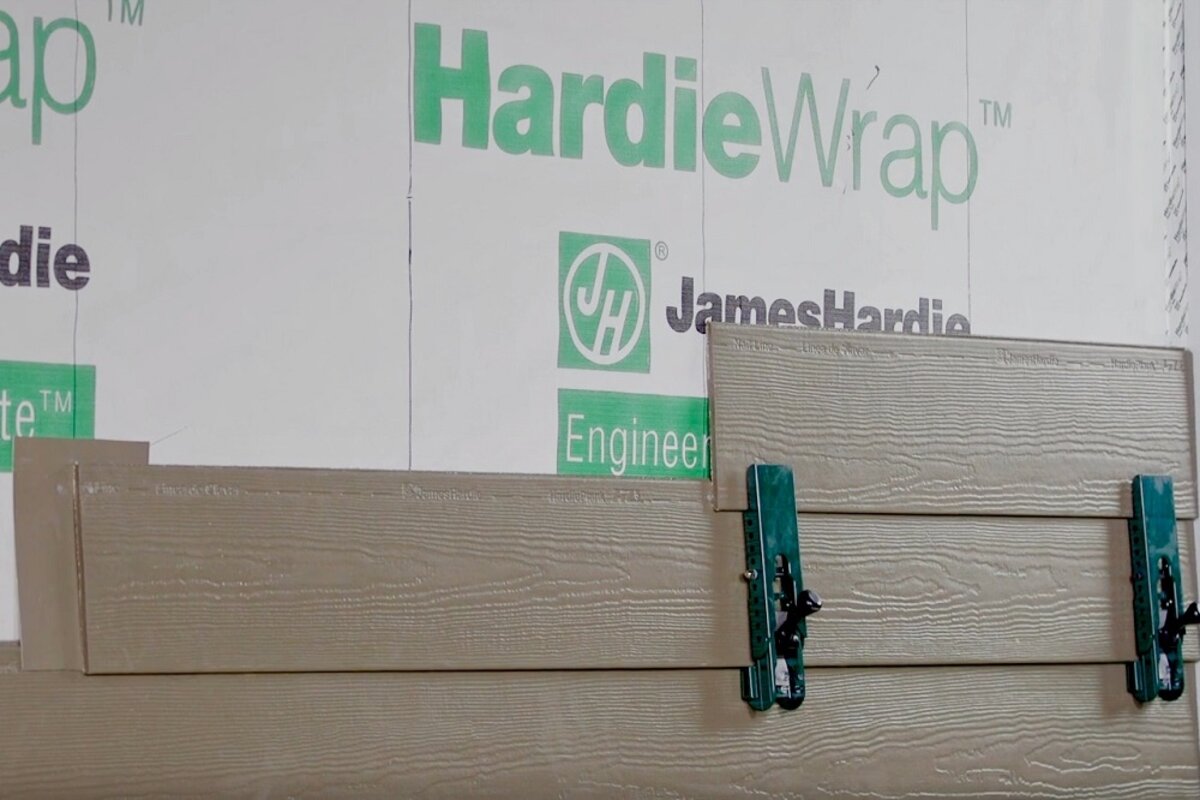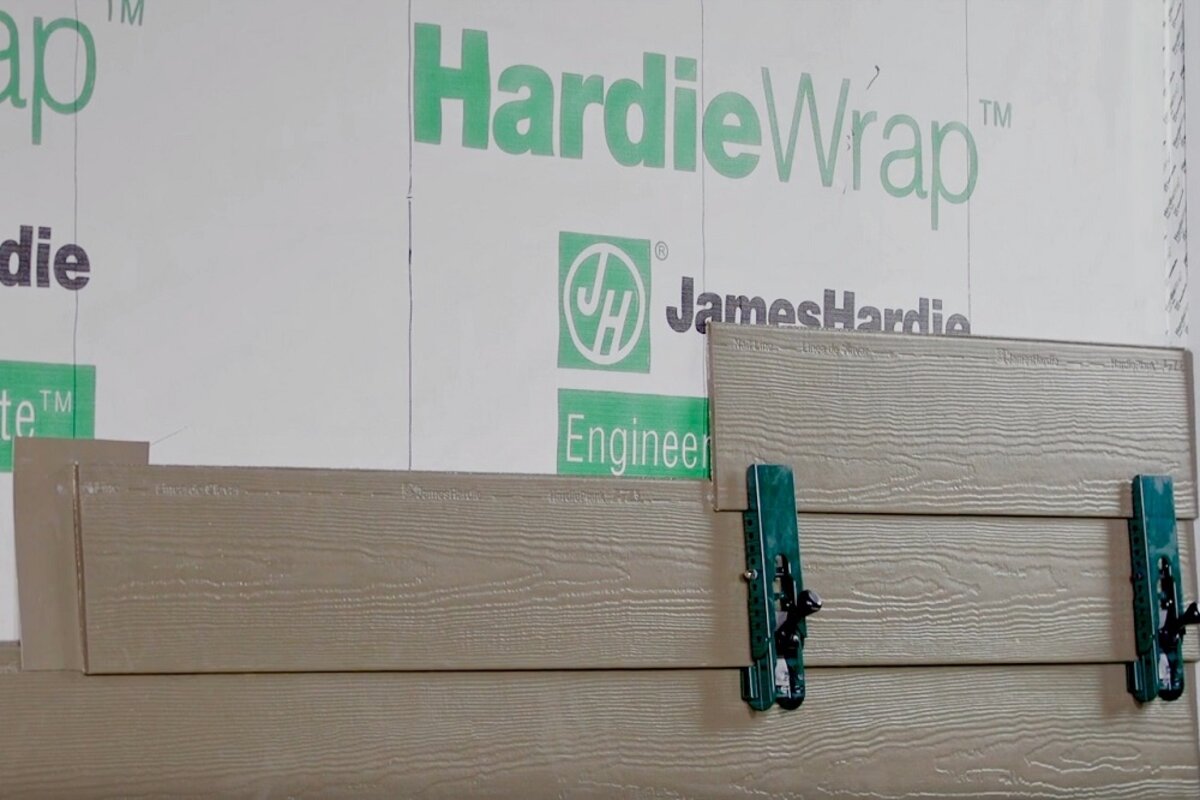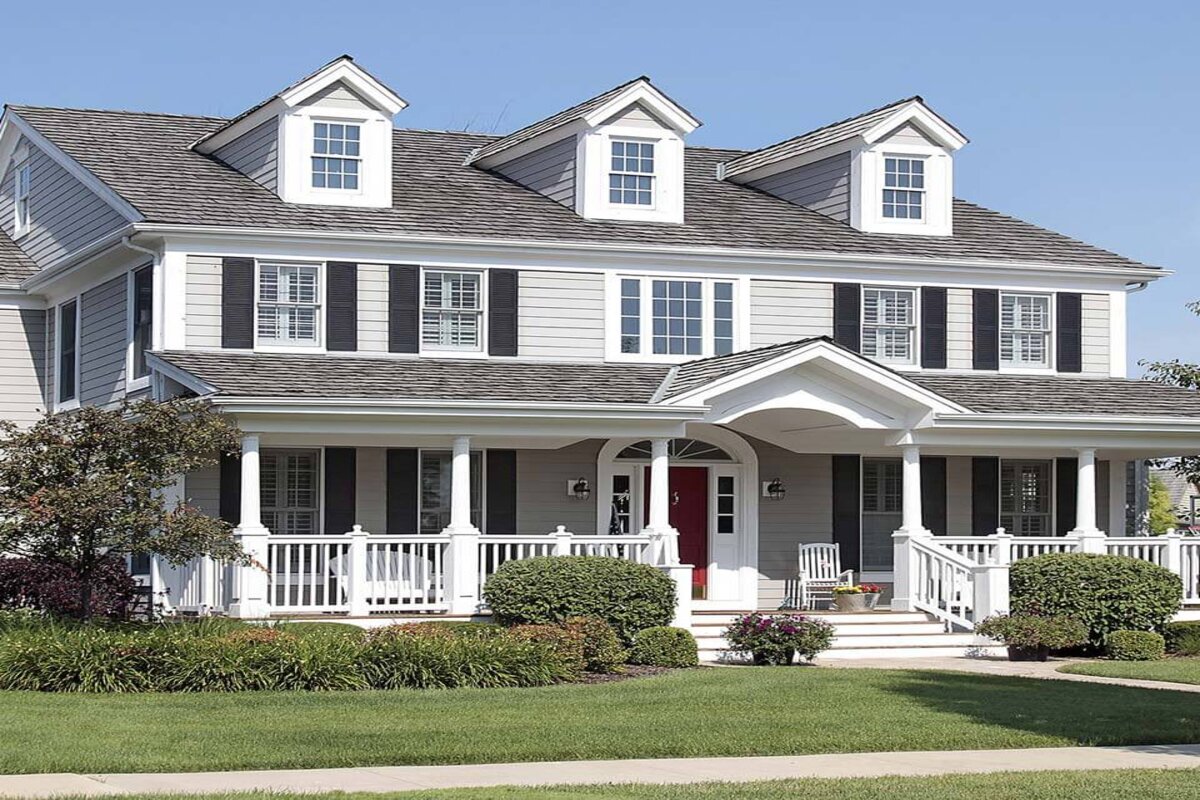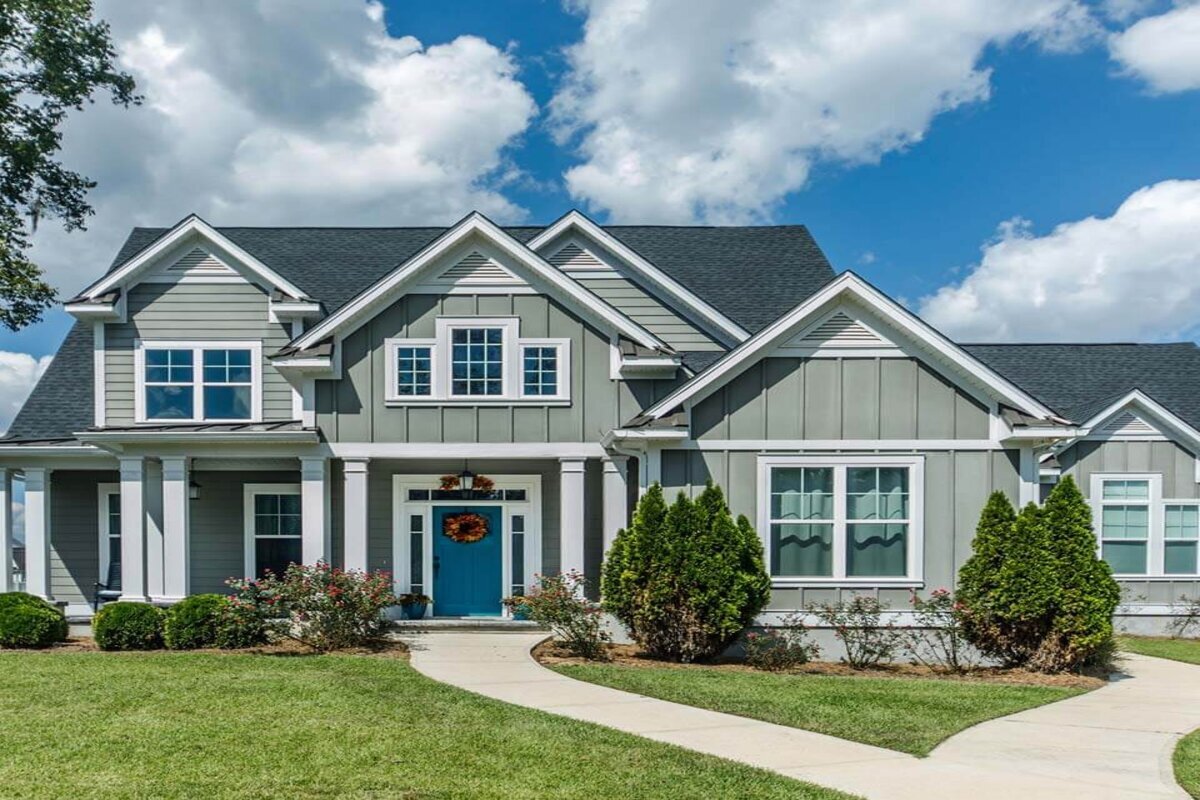When it comes to your home’s siding, you want it to not only look great but also perform its intended function effectively. However, not all siding installations are created equal, and poorly installed siding can lead to various issues down the road. In this article, we’ll explore the signs of poorly installed siding that you should be aware of to ensure your home remains in top condition.
Recognizing Poorly Installed Siding
So, how will you know if you have a good or bad siding installation? Sometimes, it’s easy to spot, while other times, it might not be so obvious. Let’s explore the key signs you should look out for:
1. Water Leaks and Caulk Failures
The big, obvious red flags of poorly installed siding are water leaks and caulk failures. If you notice water seeping into your home or caulk failing around your siding, it’s a clear sign of trouble. Water intrusion can lead to structural damage and costly repairs, so addressing it promptly is crucial.
2. Crooked Siding
One telltale sign of shoddy workmanship is siding that isn’t aligned correctly. If your siding isn’t straight and doesn’t line up perfectly, it’s a visual indicator of poor installation.
3. Improper Caulking
Another issue to watch out for is excessive caulking. Inexperienced installers may go overboard with caulk, applying it where it shouldn’t be. One common mistake is caulking above windows or in between seams. This not only looks unprofessional but also indicates a lack of expertise.
4. Inadequate Clearance
Consider the clearance between your siding and surrounding elements such as rooflines, gravel, dirt, or mulch. Many installers make the mistake of placing siding too close to the roof. You should have at least a 2-inch clearance to prevent snow buildup. If your siding extends too far down, it can lead to moisture issues and costly repairs in the future.
5. Clapping Siding
Have you ever heard your siding making noise during a strong windstorm? This clapping sound often occurs when the siding is nailed too high on the planks. Well-installed siding should remain secure even in adverse weather conditions.
6. Excessive Nailing
A common issue in poorly installed siding is excessive nailing. Your house should not resemble Swiss cheese with face nails everywhere. Face nailing siding is rarely necessary and can compromise the overall integrity of your siding.
7. Subpar Touch-Up Work
Most siding manufacturers provide touch-up kits for small imperfections and nail heads. However, some contractors may take shortcuts by using improper materials for touch-ups, resulting in visible flaws and fading over time.
The Hidden Danger of Poor Siding Installation
Sometimes, it may seem like your siding is in decent shape for a few years, but underlying issues can lurk beneath the surface. For example, siding that’s installed too tightly against the roof is a ticking time bomb. Even if you can’t see the problem immediately, it’s only a matter of time before it leads to costly damage.
Conclusion
Recognizing the signs of poorly installed siding is crucial for the long-term health of your home. Keep an eye out for water leaks, crooked siding, improper caulking, inadequate clearance, clapping siding, excessive nailing, and subpar touch-up work. Addressing these issues promptly can save you from extensive repairs down the road.
If you suspect that your siding may have been poorly installed, don’t hesitate to contact us for professional assistance. Your home deserves nothing but the best care and attention.








